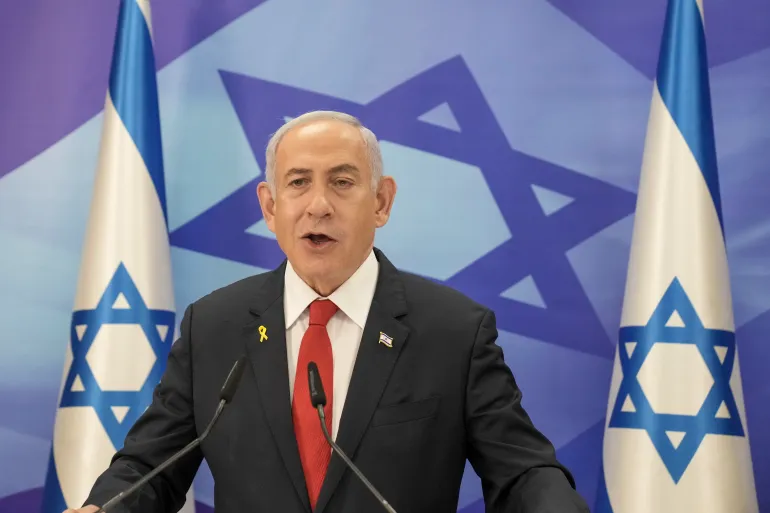Ceasefire Delay Amid Rising Tensions
Prime Minister Benjamin Netanyahu announced a delay in the ceasefire between Israel and Hamas in Gaza, citing the absence of a list of hostages to be released by Hamas. The truce, initially scheduled to begin at 8:30 am, has been postponed until this information is provided. Israeli officials emphasized that the ceasefire will not proceed until Hamas delivers the names of the captives it plans to release.
Hamas attributed the delay to “technical field reasons,” suggesting that operational challenges and limited mobility due to the conflict hinder the swift transfer of the required information. Meanwhile, international mediators, including Qatar, are reportedly urging Hamas to expedite the process.
Israel Retains Right to Resume Fighting
Netanyahu’s recent speech reiterated Israel’s right to resume military operations if the ceasefire fails to achieve its objectives. This statement follows assurances from the United States that Israel has its backing to continue the war if necessary. The current ceasefire agreement outlines a 42-day initial phase, during which 33 Israeli captives are expected to be freed, and hundreds of Palestinian prisoners will be released.
Humanitarian Efforts in Gaza
The ceasefire is expected to bring temporary relief to Gaza, a region ravaged by weeks of intense conflict. The agreement includes provisions for Israeli forces to pull back into a buffer zone, allowing displaced Palestinians to return to their homes. Humanitarian aid, which has been scarce, is anticipated to increase significantly during this period.
Despite these arrangements, the delay in implementation has caused significant concern among residents and observers. Many hope the ceasefire will pave the way for long-term peace, but uncertainty looms over the potential resumption of hostilities.
The ceasefire agreement has opened the door for increased humanitarian aid to Gaza. Thousands of trucks loaded with essential supplies are waiting at the borders, ready to deliver food, fuel, and medicine. The United Nations and other aid agencies have mobilized resources to address the dire needs of displaced civilians.
The UN’s relief agency has prepared 4,000 truckloads of aid, half of which consist of food supplies. These efforts aim to alleviate hunger and improve living conditions for families who have endured months of hardship. For many, the aid represents a lifeline and a chance to regain stability.
Challenges in Ceasefire Negotiations
Negotiations for the ceasefire have been complex, with mediators from the United States, Qatar, and other nations working tirelessly to bridge the gap between the warring parties. Communication difficulties within Hamas, exacerbated by constant aerial surveillance and restricted movements in Gaza, have added to the logistical challenges.
As part of the ceasefire agreement, negotiations for the second phase are scheduled to begin in two weeks. This phase will address the release of nearly 100 remaining captives held in Gaza and other critical issues. However, questions remain about whether the truce will hold or if it will collapse under the weight of unresolved tensions.
International Pressure and Diplomatic Involvement
Both the outgoing Biden administration and President-elect Donald Trump have exerted significant pressure on Israel and Hamas to reach an agreement. With the US presidential inauguration just days away, the urgency to finalise the deal underscores the broader geopolitical stakes involved.
Future of the Conflict
While the ceasefire offers a glimmer of hope, its success depends on both sides adhering to the agreed terms. The international community will closely monitor the situation, hoping that this truce marks the beginning of a peaceful resolution to one of the region’s most prolonged and devastating conflicts.
The coming weeks will reveal whether the ceasefire can hold and lead to a broader agreement or if it will be another fleeting pause in the ongoing cycle of violence. For now, the world watches anxiously as Israel and Hamas navigate this critical juncture.

